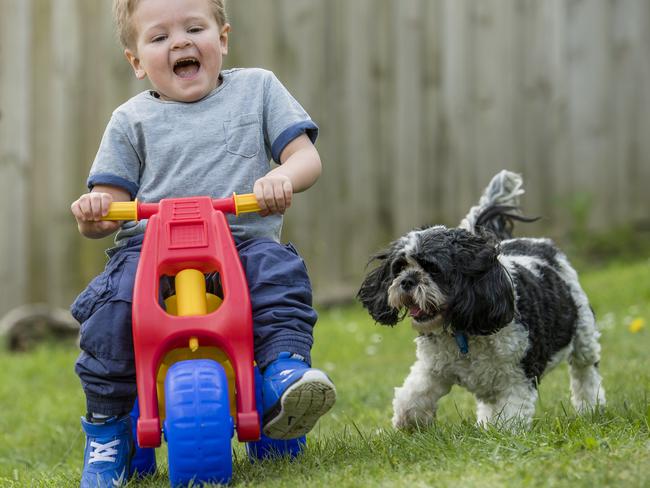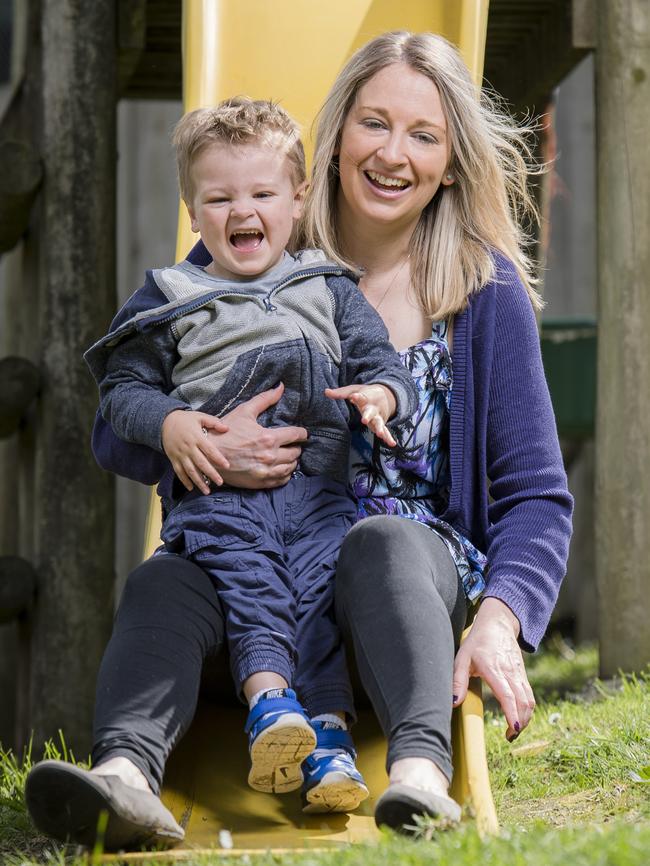Children with common brain tumour to have routine analysis under national service
EXCLUSIVE: CHILDREN with the most common type of brain cancer will routinely have their tumour genetically analysed under a new national service.

VIC News
Don't miss out on the headlines from VIC News. Followed categories will be added to My News.
CHILDREN with the most common type of brain cancer will be spared unnecessary radiation and chemotherapy thanks to a breakthrough program in Melbourne.
They will now be locally screened to diagnose the type of tumour — and get a personal treatment plan.
The current “one-size-fits-all” combination of surgery, chemotherapy and radiation can save lives, but cause intellectual disability and issues with growth, speech and hearing.
Now, the Hudson Institute of Medical Research and Monash Health are establishing Australia’s first molecular analysis program to analyse tumours within three weeks, to reveal which of the four tumour subtypes the child has. The result will help doctors formulate the best treatment.
Research group head at the Hudson’s Centre for Cancer Research, Dr Jason Cain, said it had previously taken up to three months for tumour samples to return from Germany for genetic testing, which was often too late to inform treatment.

“It’s become clear over the last five years that medulloblastoma (the most common type of brain cancer) is not a single disease, but comprised of at least four distinct subgroups,” Dr Cain said.
“Each of these subgroups have a different cause, prognosis, risk and response to therapies,” he said.
“There is a low-risk group that doesn’t need the same amount of chemotherapy or radiation.
“There are also targeted therapies in clinical trials, and they do show some promising results, but are only effective in one high-risk subgroup. This is important information.”
The analysis will benefit children like Zach Caldwell, who had surgery on Christmas Eve 2014 to remove his golf ball-size tumour.
Doctors decided it was not safe for the then nine-month-old to receive radiation.
Katie Lloyd said while it appeared that her son, now aged two, had escaped any side-effects from his seven months of chemotherapy, she welcomed the future of tailored treatment.
“If they can work out a treatment plan that’s not going to be as heavy as the chemo was, that will be so great because it was a very tough time,” Ms Lloyd said.
Initially operating as a pilot program, Dr Cain said they were first analysing tumours from former patients to validate the technique before it was offered as a standard diagnostic tool.
“It looks as though it’s going to be equally informative for all paediatric brain tumours,” he said.


